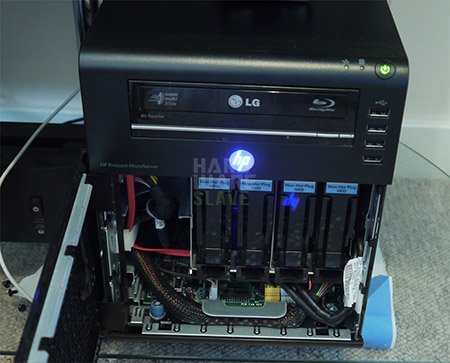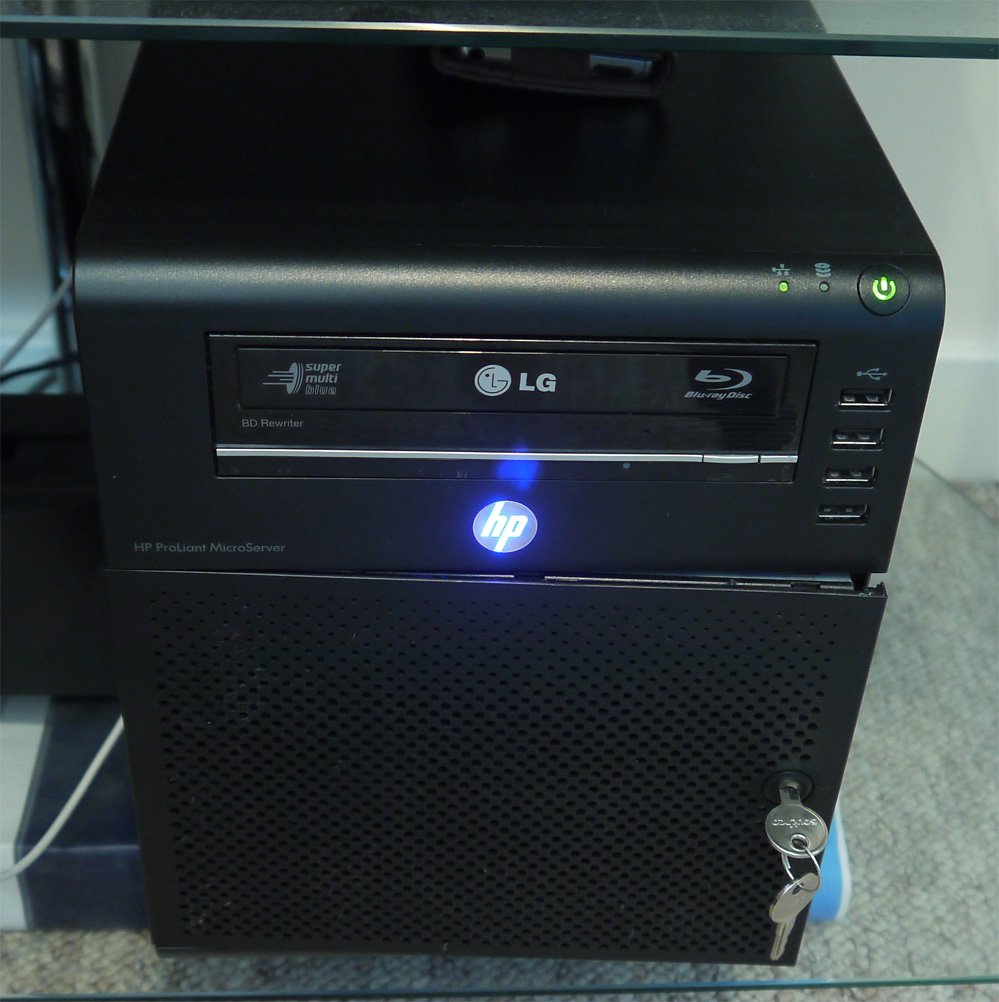Home Server Build Part 1 – Requirements, Chassis and PSU
Introduction
Hello all and welcome to this multi-part journey through my File/Home Server build. This is not intended as a ”How to ” or any sort of pre written guide so take the information in this article with a pinch of salt, and use at your own risk! (There is a forum thread for your own stories)
It’s a strange thing these days but one of the main technologies to filter into the home is a Home server or a NAS. It’s strange because the thing we were never supposed to need was a Cloud we can build and manage or Data Centre servers in our home. Well with all of the media products going virtual it is just the “thing” that pretty much every home will need.
I almost feel that I need a Service Designer to design and map out my social and virtual media life and possessions. That said, for now I am just going to lump for my first bespoke Home Server and see where it takes me.
To start off there probably wont be much in the way of building, but more some research and requirements into why and what I really need. I have built PC’s for around 16 years so the understanding, assembly and troubleshooting shouldn’t really be an issue. This though will be my first self build Server, so there maybe a few bumps in the road. I know a lot of guides are online these days so the information and I am going to use as much as possible to plug any knowledge gaps I have.
So far I have owned a Synology DiskStation DS212j and I now own and quite like the HP ProLiant G7 N54L 2.2GHz MicroServer. The Synology was nice and as a first step into NAS territory it wasn’t bad. I had too many expectations of this though and I thought it could do more that was ever possible.
So my requirements started to build at that point on what I would like from a NAS/Home-server and quickly ruled out a simpler NAS because I wanted to move all files from my Gaming PC off and install some smaller SSDs.
Requirements
Well what actually are they? This is were some compromises in my life crept in and I had bumbled into some music formats for convenience (mainly for my car) so I had my music collection in iTunes so I could hook up my iPod to my car when on journeys. I didn’t like this and always felt it was a bit of a let down, this attitude also left me uninterested and not willing to invest time into understanding how it all worked!
What does this have to do with requirements? I couldn’t for the life of me rip and sync my new tunes to my iPod using the NAS. I am even ditching an optical drive from my main rig so it will be part of my new “network” configuration. Sounds a bit knucklehead but I wasn’t going to spend my time ripping and transferring, just insert the CD and rip please!
So not the NASes fault definitely, and definitely mine for not understanding what they are for and what they can do. These days as well owing a smart phone means it’s a multimedia device that can store music and pics etc, so this would also need syncing and back up storage etc. At the time I owned the NAS I was an iPhone 4 owner, so it was all syncing with the iTunes I wanted to get off my main rig. These days it’s a Samsung S4 and Kies! Kies is not a nice programme and I was happy not to install it on my PC for fear of punching the screen or something.
So requirements building slowly and I realised that if I owned a home server or the likes then I could lump everything into is and truly offload from my may rig. Hardwareslave is also a Ltd company now so I really needed a place to keep all of my “stuff” business or otherwise.
So, what do they truly look like –
Personal requirements –
- Sync and Back Up iTunes
- Sync and Back Up Kies
- Store and Back Up for my Band stuff
- Cloud services, Drive, Dropbox and Skydrive etc
- Photos and videos
- Files for my gaming rig, drivers back ups
- General file storage
- Network Music/Film Library for iTunes (Apple TV/Air Play)
Business requirements
- Cloud services – Skydrive
- Document store and back up
- Website files and back up
- Office 365 Station (synced with Skydrive)
- General file storage
Technical requirements
- RAID inc. OS
- 2x 120Gb SSDs OS (SanDisk SSD SATA III 128GB)
- 6x 3 or 4 Tb HDD
- Blu-Ray Optical Drive (BH10LS30)
- Haswell Chipset
- 16Gb RAM (though realistically 8Gb)
- mITX/mATX
- RAID Controller Card (2720SGL for example)
- Mid Tower sized case
- Silent Air Cooled
- Silent Fanless PSU
- UPS
- Gigabit Ethernet
- 64-bit Windows Operating System
- Longevity – 5 years plus
- Reliable and secure
I have the SSDs for the Operating System already and I have a copy of Windows 7 Ultimate kicking around that I was going to use as the OS unless WHS 20xx proves a better choice. I have downloaded the trials of Windows Home Server and I was going to give them a go.
Also, I was going to put the RAID SSDs on the motherboard SATA ports for no other reason than experience and simplicity. Happy to be proven wrong and I will look into this once I have chosen a RAID Controller Card. (Flaming and trolling inbound probably! There is a Forum Thread link at the bottom)
I also do not need direct access via a KVM or Keyboard and Mouse directly. Once set up and configured I will image and then access via Remote Desktop Connection with various registry mods to allow optical drive usage (already ironed out mostly with my HP ProLiant G7 N54L) so its going to sit in a cupboard with a home plug or maybe 2 for teaming.
There are some excellent guides online and some videos that talk through some builds as well, so I have had a look at all I can at this point and its about time to start buying.


